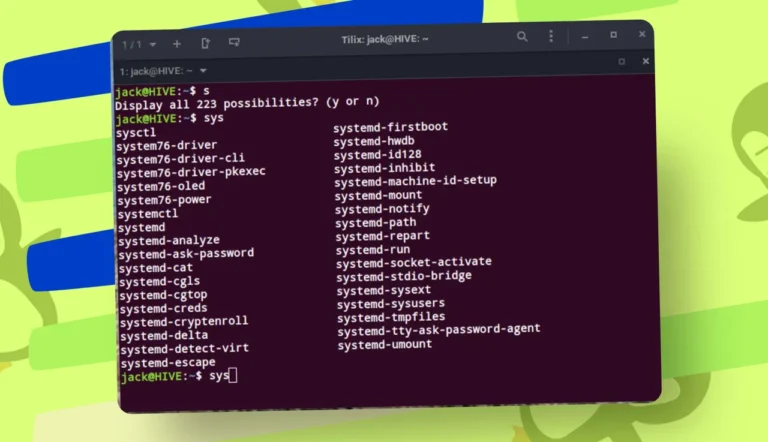RPM 6.0 Is Here — What’s New and Why It Matters

If you work with Red Hat Enterprise Linux (RHEL) or Fedora, you know that RPM is the quiet powerhouse behind installing, updating, and managing software. Today, RPM just got a major upgrade — version 6.0 is here — and it’s…









